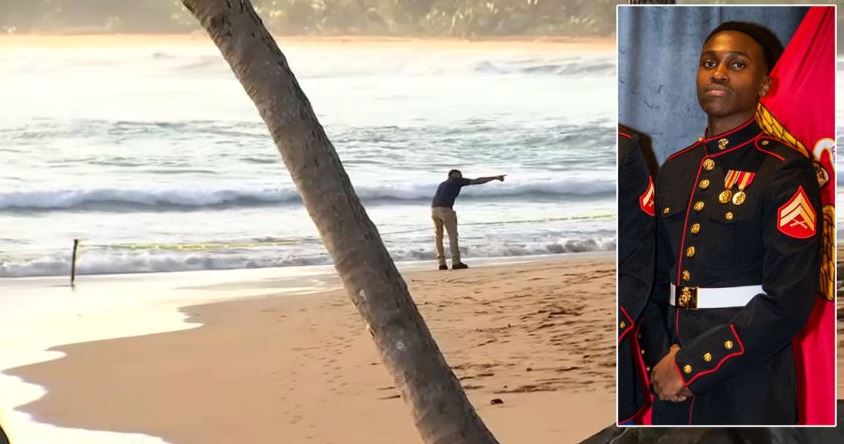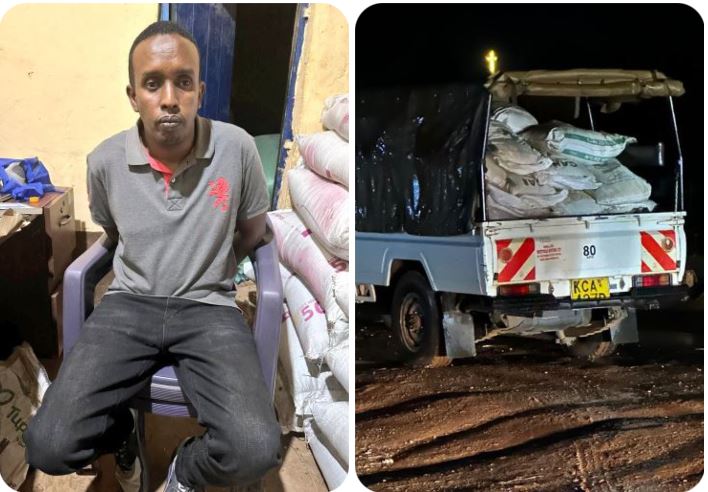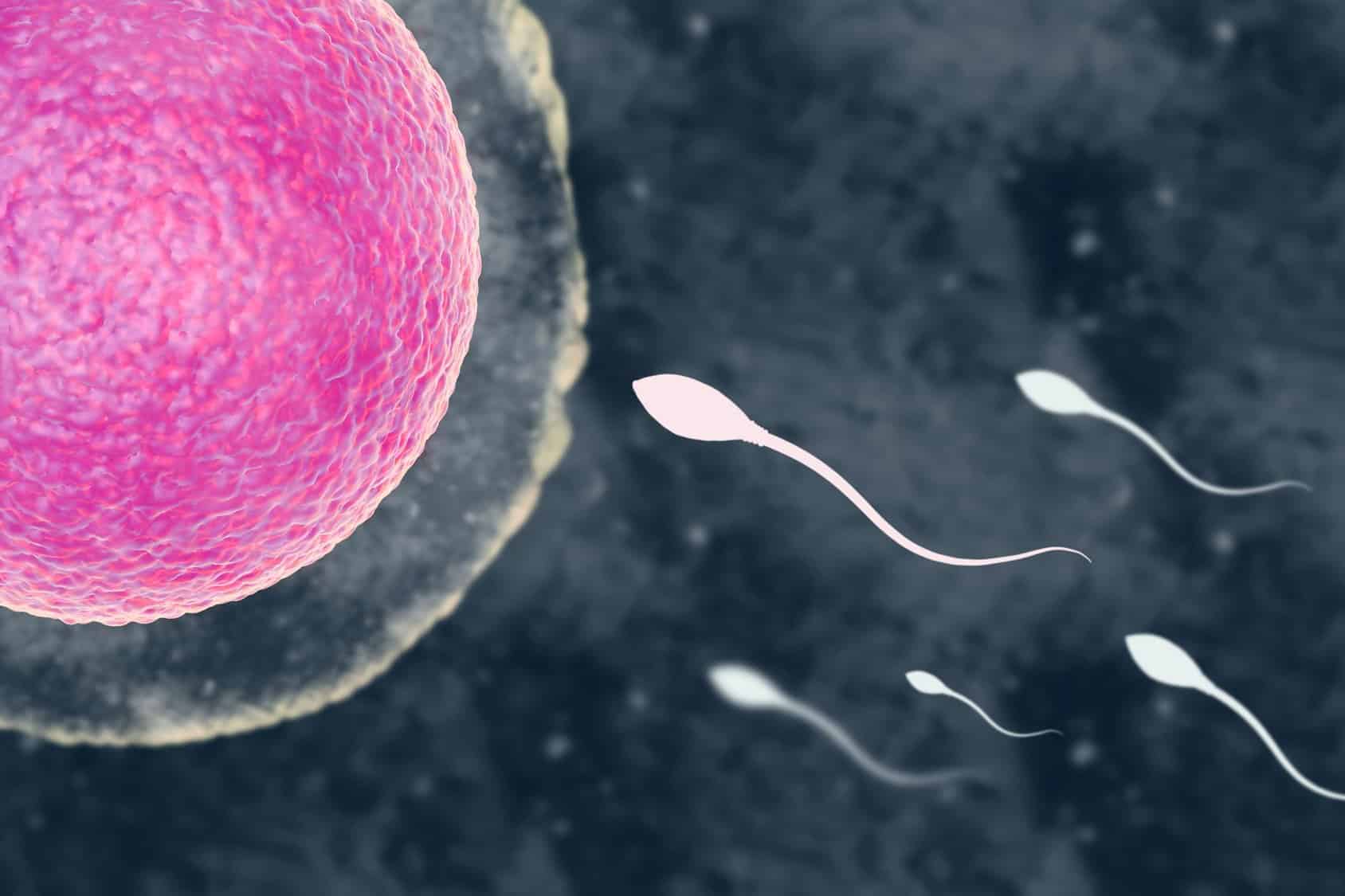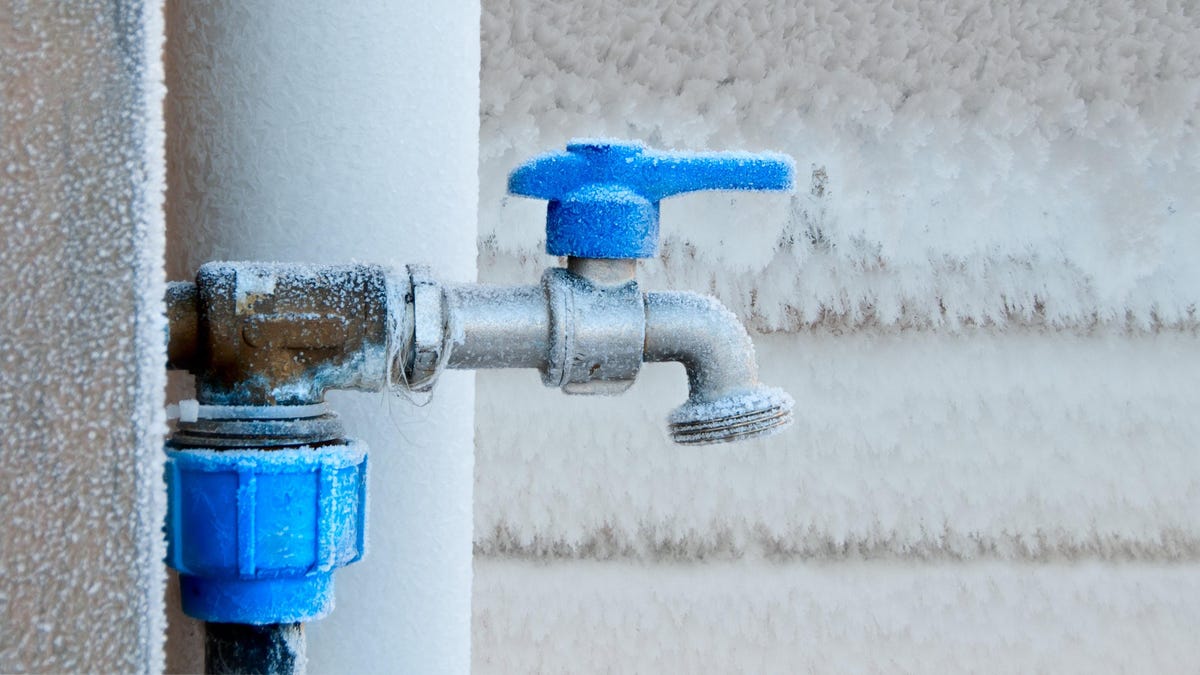The Faroe Islands, a North Atlantic archipelago between Norway and Iceland, were settled by Viking explorers in the mid-9th century CE. However, several recent studies have suggested earlier occupation of the Faroes by people from the British Isles. Using a combination of biomarkers and ancient sedimentary DNA, the new research led by scientists at Columbia University’s Lamont-Doherty Earth Observatory shows conclusive evidence that humans had introduced livestock to the Faroe Islands three to four centuries before the Norse settlement period. The settlers may have been Celts who crossed rough, unexplored seas from what are now Scotland or Ireland.
Curtin et al. provide unequivocal evidence for human arrival and livestock disturbance in the Faroe Islands centuries before Viking settlement in the 9th century CE. Image credit: T.H. Jensen.
Seafaring Vikings first reached the Faroe Islands around 850 CE, soon after they developed long-distance sailing technology.
The settlement may have formed a stepping stone for the Viking settlement of Iceland in 874, and their short-lived colonization of Greenland, around 980.
The new study, led by Dr. Lorelei Curtin of Columbia University’s Lamont-Doherty Earth Observatory, is based on lake sediments containing signs that domestic sheep suddenly appeared around 500, well before the Norse occupation.
In a small vessel, the authors sailed out onto a lake near the village of Eiði, site of an ancient Viking locale on the island of Eysturoy.
Here, they dropped weighted open-ended tubes to the bottom to collect muck — sediments dropped year by year and built up over millennia, forming a long-term environmental record. The cores penetrated down about 2.7 m (9 feet), recording some 10,000 years of environmental history.
The scientists had started out hoping to better understand the climate around the time of the Viking occupation, but came up with a surprise.
Starting at 51 cm (20 inches) down in the sediments, they found signs that large numbers of sheep had suddenly arrived, most likely some time between 492 and 512, but possibly as early as 370.
The telltale signs: identifiable fragments of sheep DNA, and two distinctive types of lipids produced in sheep digestive systems — so-called fecal biomarkers.
A layer of ash deposited from a known Icelandic volcano eruption in 877 helped them reliably date the sediment sequences below.
“We see this as putting the nail in the coffin that people were there before the Vikings,” Dr. Curtin said.
“While the Faroes look rugged and wild today, practically every square inch of vegetation has been chewed up by Faroese sheep, a staple of the Faroese diet that are found nearly everywhere.”
“Beyond the earlier discovery of barley grains, no one has yet found physical remains of pre-Norse people, but this is unsurprising.”
“The Faroes contain very few sites suitable for settlement, mainly flat areas at the heads of protected bays where the Norse would have built over earlier habitations.”
“On the other hand, you see the sheep DNA and the biomarkers start all at once. It’s like an off-on switch,” said Dr. William D’Andrea, a paleoclimatologist at Columbia University’s Lamont-Doherty Earth Observatory.
So, who were these early settlers? The team speculates that they could have been Celts, though not necessarily monks.
For one, many Faroese place names derive from Celtic words, and ancient, though undated, Celtic grave markings dot the islands.
Also, DNA studies of the modern Faroese show that their paternal lineages are mainly Scandinavian, while their maternal lineages are mainly Celtic.
“Other regions in the north Atlantic show this asymmetry — male Viking settlers are thought to have brought Celtic brides with them — but the Faroes have the highest level of maternal Celtic ancestry, suggesting an existing Celtic population that preceded the Vikings,” the researchers said.
The findings appear in the journal Communications Earth & Environment.
_____
L. Curtin et al. 2021. Sedimentary DNA and molecular evidence for early human occupation of the Faroe Islands. Commun Earth Environ 2, 253; doi: 10.1038/s43247-021-00318-0
Note: This article have been indexed to our site. We do not claim legitimacy, ownership or copyright of any of the content above. To see the article at original source Click Here









